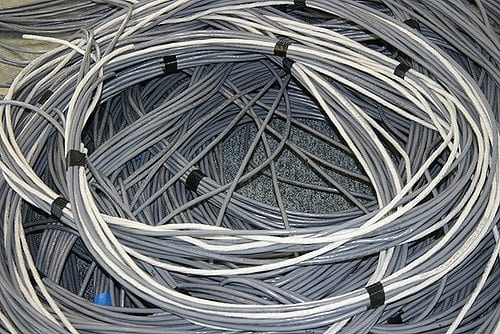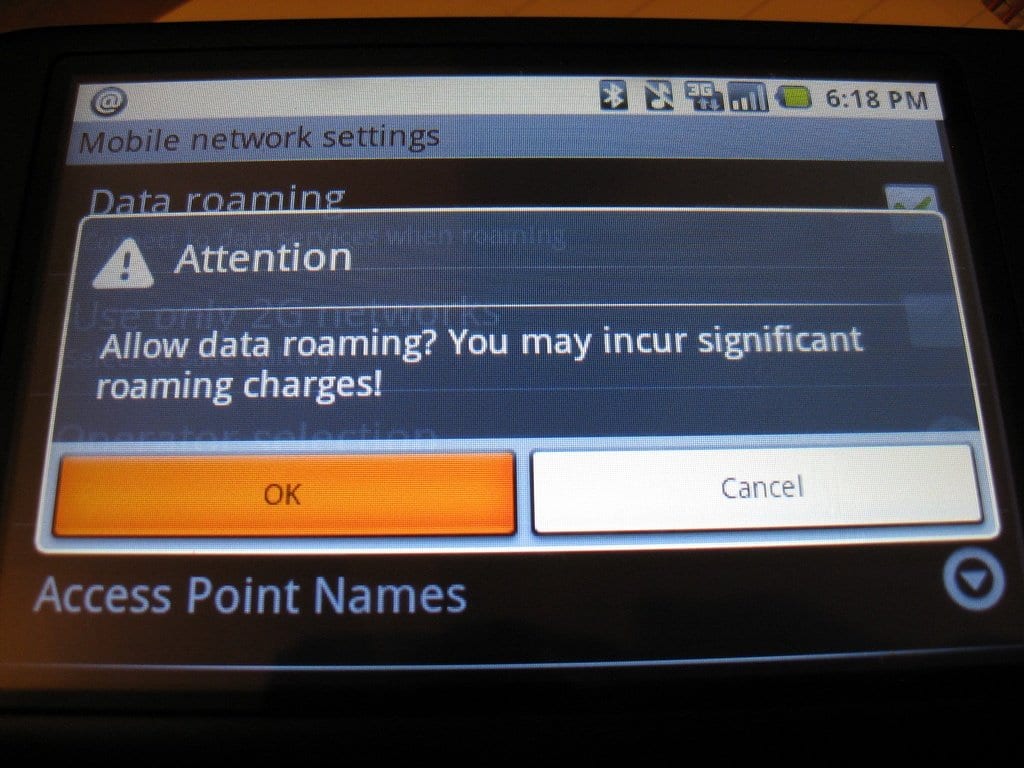The importance of testing your structured cabling installation – call in the experts
Your structured cabling installation is critical to your business. With various forms of online communication, data transfer, and the collection and analysis of Business Intelligence (BI) playing major roles in commerce, today’s enterprises require fast, voluminous, and reliable data connections – and logical, structured cabling systems to uphold their infrastructure.
The installation of data cabling can be critical to this, along with the adoption of a structured cabling system, to effectively govern what goes where, and which line should be connected to what.
With network performance and overall business operations dependent on the stability and continuity of vital connections, it’s essential that those cabling systems be tested before, during and after installation. It’s not a simple process for the layperson, as several factors and mechanisms are involved.
Cable Installation (First Fix)
The decision to invest in a structured cabling solution can take a considerable chunk out of your organisation’s budget – especially if the enterprise is sizeable, or spread over multiple sites.
Since the cost of replacing cables becomes considerably higher once the cable routes are covered, it’s a good idea to allow for some form of inspection or testing of the materials and configuration, as installation is progressing. This may be done by arranging for cables to be temporarily terminated as installation proceeds, to allow for testing.
Termination (Second Fix)
Between the period when the cables are first put in place (the first fix) and the time when all the finishing touches are put to your various connections (the termination or second fix), it’s possible that data cabling may sustain damage – so it’s advisable to keep this time gap as short as possible.
Types of Damage & Their Consequences
Besides the occasional defects which may occur in manufacturing, and damage to cables which may occur in transit as they’re shipped from the vendor to your site, there are opportunities for damage to occur during installation, and in the period between the first and second fixes of a structured cabling system.
These may range from the mundane (contractors stepping on cables, or dropping tools and building materials onto them) to the more specific (sloppy working practices leading to loose terminations, or misplaced connections). Bending, crushing, or making kinks in a length of cable without actually piercing its jacket may still lead to damage that’s serious enough to cause the cable to fail, under testing.
Undiscovered damage to data cabling can result in transmission errors, the loss of data packets, signal interference, or even overloads and electrical short circuits.
Types of Testing Apparatus
Ensuring the integrity and performance of the data cabling used for supporting business processes is essential in guaranteeing the information flows critical to the success and survival of an enterprise. There are several categories of equipment used in testing a structured cabling set-up, which include:
- Troubleshooting testers: These are used in finding errors or defects that might otherwise escape notice, such as breaks in a cable run, or unmarked cables that might be mistakenly connected. Tone and probe generators are examples of this class of apparatus.
- Continuity testers: These tools are usually employed to check that wiring and pinning configurations are set out as originally planned.
- Verification testers: In addition to confirming correct wiring and pinning configurations, these mainly digital tools also measure the speed performance of your installed data cabling.
- Diagnostic testers: Used in analysing network traffic, these testers include tools and features for determining bit error rates, PoE testing, and subnet mapping.
- Certification testers: For tests to ensure compliance with industry standards and/or qualification for an extended manufacturer’s warranty, these are industry-approved tools calibrated with levels in accordance with the relevant official standard.
Field Testing
In the field, there are two general kinds of test for structured cabling.
During a permanent link test, a length of horizontal cable is analysed with one connector attached to each end. An optional consolidation point connection is also allowed – but the overall length of the permanent link must be less than 90m (295ft).
For a channel test, analysis is performed on a length of horizontal cable (up to a length of 90m), a work area cord, and two patch cord cross connections. An optional consolidation point connection is again permitted, and the overall length of the channel must be less than 100m (328ft).
Cable Certification
Tools for certification testing provide “Pass” or “Fail” grading information to test structured cabling for its compliance with industry standards. In North America, this would need to be in accordance with the transmission capabilities for structured cabling set down by the Telecommunications Industry Association (TIA). The Electro-technical commission of the International Organization for Standards (ISO/IEC) sets standards for telecommunications cabling in much of the rest of the world.
Certification tests are conducted to establish whether a cable link is compliant with a particular category (TIA) or class (ISO). Successful certification is required by many structured cabling manufacturers before they’ll agree to issue a warranty on a new cable installation.
Cable Qualification
Qualification testing is done to establish whether an existing cable link can support certain network speeds and technologies. It’s often requested by clients wishing to troubleshoot the data cabling on their existing networks.
Tests may be performed to determine if a data cabling link can support the requirements for Voice over Internet Protocol (VoIP), “Fast Ethernet” (100BASE-TX), or Gigabit Ethernet.
Cable Verification
Cable verification tools perform basic continuity tests to ensure that all wires in a cabling link have been connected to their proper termination points. As maintaining the proper pairing of wires is crucial to “twisted pair” cable set-ups, some of the better verification tools have features to verify wire pairing, and to detect installation defects.
Choosing A Cabling Contractor
As you can tell from the preceding points, cable testing isn’t a minor undertaking (or a simple process, for that matter), and you’d be wise to call in an expert to do it for you. Here are some general recommendations for choosing a structured cabling contractor:
- Compare price quotations from two or three different contractors in your area. You should be looking for a detailed quote with a reasonable price, rather than a “Bargain Basement” option
- Study and compare customer reviews of your short-listed contractors, to check their trustworthiness, problem-solving abilities, and speed of response
- Try to go with a contractor who will minimise your downtime, and get your cabling system installed and properly running as soon as possible
- Check that your structured cabling system as designed can meet your current needs – and that your contractor is prepared to make amendments in response to future changes
- Documenting and labelling the layout of your structured cabling makes system management easier, and “future-proofs” the configuration against changes in your organisation – so insist that this is done as installation proceeds
- As terminating cable fibres becomes more complex and critical with increasing bandwidth, you’ll need a contractor skilled in terminating cable fibres correctly
- Look for a contracting firm that’s prepared to handle all testing, diagnosis, and repair needs for your structured cabling and hardware now, and in the future
If you have any questions or would like further advice about testing your structured cabling installation, get in touch with the data cabling experts at LG Networks who will be happy to help.





